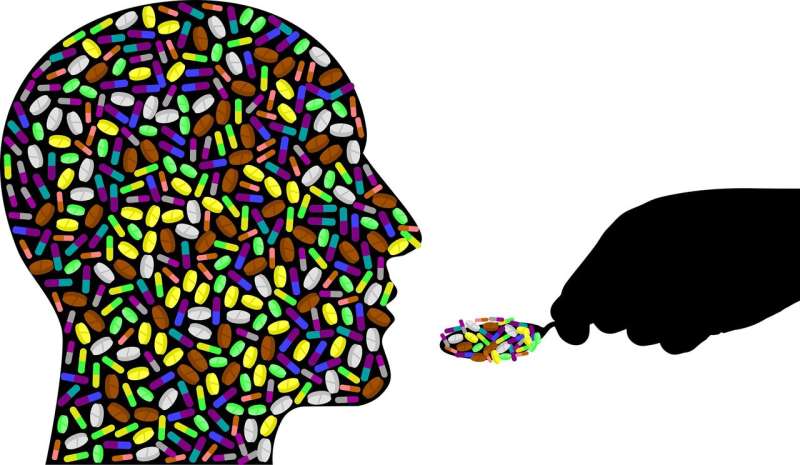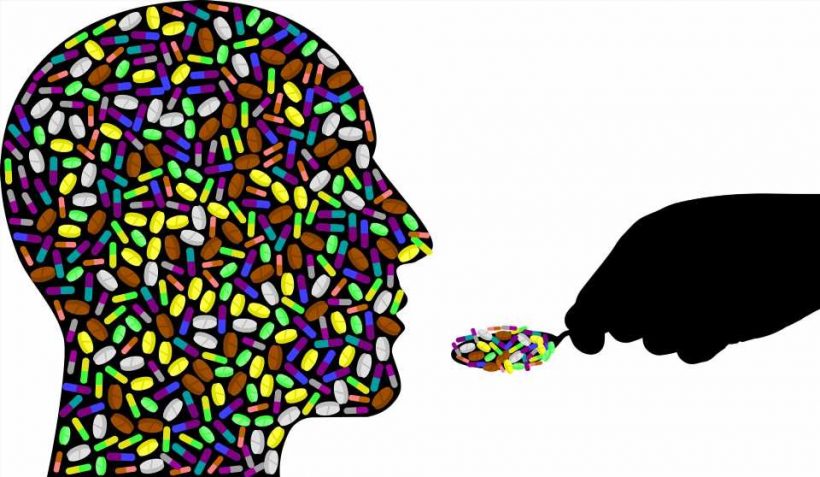
Overdose deaths involving opioids continue to be a major public health crisis, killing 1,280 people in Baltimore City in 2020, according to the Maryland Department of Health. Johns Hopkins Medicine researchers have developed a new way to treat patients with substance use disorders intravenously by administering small doses of buprenorphine, a prescription drug used to treat opioid use disorder.
“Opioid use is such a big problem across the country, and in Baltimore it is not an uncommon problem,” says senior author Rosalyn Walker Stewart, M.D., M.B.A., director of addiction medicine at The Johns Hopkins Hospital. “We’ve learned that it’s possible to start treating patients in the hospital in a way that is fairly quick and does not interfere with other treatment, including for pain. With this approach, we can support patients the entire time they’re in the hospital so they are further along in their recovery process when they leave.”
In a study published Aug. 1 in Drug and Alcohol Dependence, Stewart and her team documented how they treated 72 patients at The Johns Hopkins Hospital over six months using three different approaches. Patients were treated through a rapid method, an intermediate course if they had fentanyl (an illicit opioid) in their bodies or a slower form if they had methadone in their bodies.
“This dosing approach, in general, is a game-changer for people with opioid use disorder,” Stewart says.
Traditionally, buprenorphine was impossible to administer during hospitalization because pain medicines and methadone cannot be given in tandem with buprenorphine. And for people with illicit opioids in their bodies, giving buprenorphine without using the micro dosing method can make the patients very sick. Now, with this method, patients can begin to receive buprenorphine for the treatment of opioid use disorder within 24-48 hours after admission. In all cases, buprenorphine was administered intravenously in small doses that are increased over time until an outpatient (sublingual) treatment dose was achieved.
Source: Read Full Article
